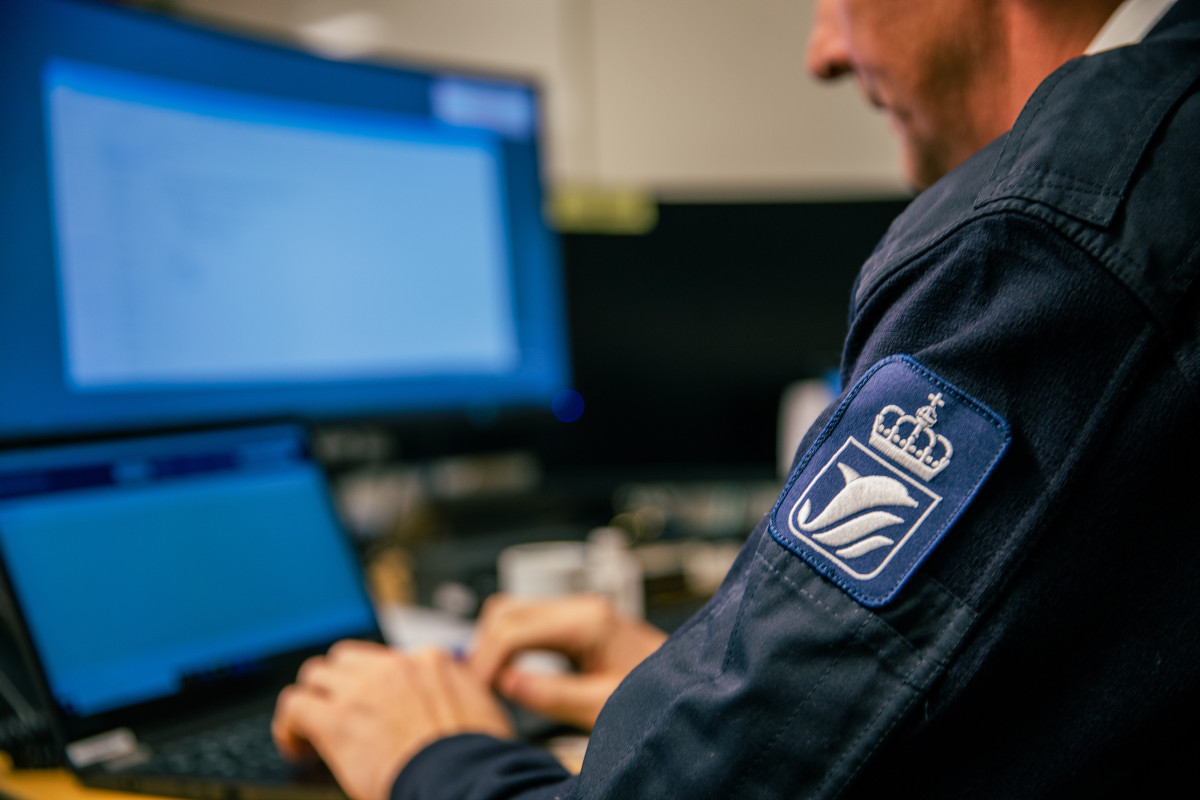Given the gas leaks and drone observations in recent weeks, have you given any thought to the risk in the North Sea?
Answer: The answer to this question is clearly yes. We work in close cooperation with other agencies and sectors, we are keeping a constant eye on the situation. Please see the news article on increased vigilance published on our website on 28 September.
Major players, like Equinor, have implemented increased security measures. As a shipping company we are also likely to be a target for anyone who wants to interrupt operations. What is your assessment of the risk?
Answer: We use reports and assessments from several sources to monitor the security situation. There is currently no information to indicate specific threats to Norwegian ships, installations or ports. This is one of the reasons why the ISPS level has not been raised for Norwegian ports and ships. As you know, there are other maritime security levels that do not necessarily affect the ISPS level. As mentioned above, we are keeping a constant eye on the situation and are ready to take action if needed.
You are asking us to be more vigilant, and as you know, we are getting different recommendations from different sources. How should we relate to this?
Answer: Since you have an ISPS-certified ship, you already have a basic level of security that can be raised if necessary. It is important that you operate in accordance with an updated and relevant Ship Security Assessment (SSA) and Ship Security Plan (SSP). If you are experiencing increased vulnerability, you can help your crew feel more secure by going through the emergency plans and procedures and conducting regular drills. We are facing a new situation. At this point, however, there is nothing to indicate an increased threat to Norwegian ships or installation.
There is a requirement from ports with a raised security level for ships to implement ISPS level 2 security measures upon arrival. Isn't the Norwegian Maritime Authority the only authority that can set the security level for Norwegian ships?
Answer: The ISPS Code and the Regulations on security, anti-terrorism and anti-piracy measures and the use of force on board ships and mobile offshore drilling units (Security Regulations) clearly state that Norwegian ships must operate at least in accordance with the security level set by the Norwegian authorities, unless the port State requires a higher level of security. It is the responsibility of the Norwegian Coastal Administration to determine the applicable maritime security level for Norwegian ports and port facilities and safeguard the port State's interests and responsibilities in this regard. This means that all ships subject to the ISPS requirement must, without delay, comply with the port's requirement for a corresponding security level.
Under what circumstances will the Norwegian Maritime Authority raise the maritime security level?
Answer: The ISPS Code is designed to enhance the security of ports and ships used in international trade against threats of intentional unlawful acts such as acts of piracy or terrorism. The Norwegian Maritime Authority has classified several international sea areas as high-risk areas for intentional unlawful acts, for instance the waters of West Africa and the Gulf of Aden. It has, however, been established that the ISPS Code can also be used to secure ships in other settings, and there are examples of defined high-risk areas where the raising of the security level is related to the security policy situation and actions triggered by conflicts. One example is the situation in the Black Sea and the Sea of Azov.
The situation in the defined high-risk areas is continuously monitored and assessed by Norwegian authorities. The Director General of Shipping and Navigation regularly considers whether to raise or maintain an enhanced security level for Norwegian-flagged ships operating in a high-risk area. The Contingency Planning Department of the Norwegian Shipowners’ Association, Norwegian ministries and other risk and emergency preparedness experts are involved in making the decision.
Information about the defined high-risk areas for Norwegian-flagged ships can be found on our website Security level for Norwegian ships.

